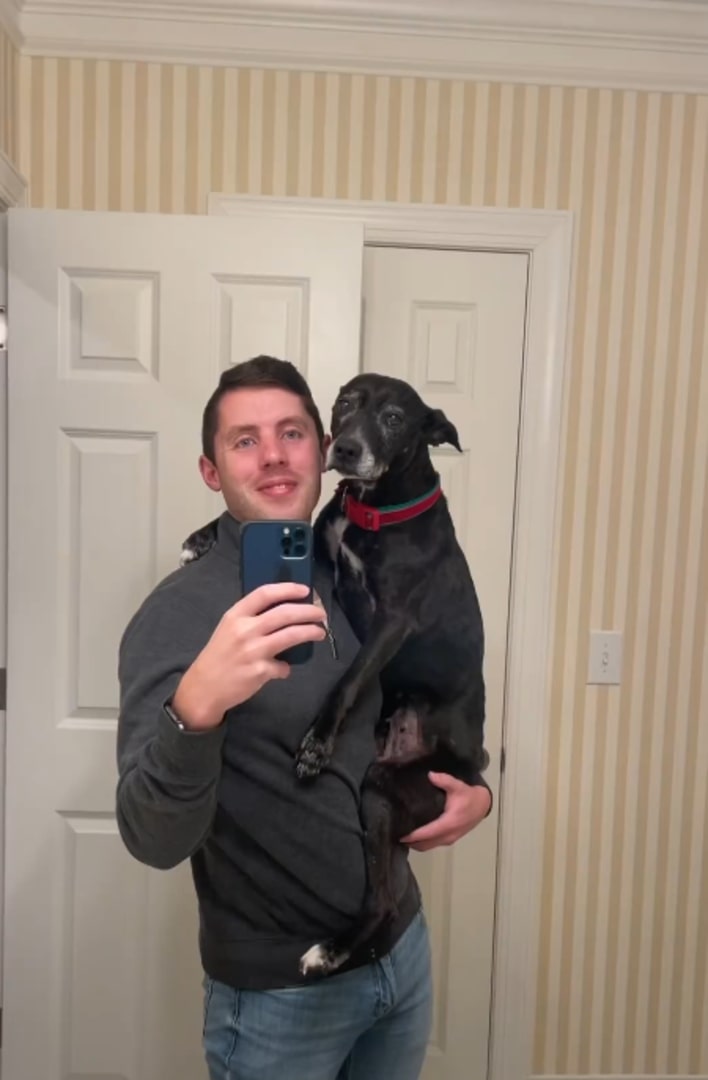It takes just a little bit of effort and love to change a dog’s life.
When Rayce saw Daisy for the first time, she was near the point of being a lost cause. Trembling in fear, confused, and extremely emaciated, this lovely girl spent days in uncertainty.
On top of all that, she was inches away from being hurt by passing cars. But then, everything changed!
The Most Noble Act
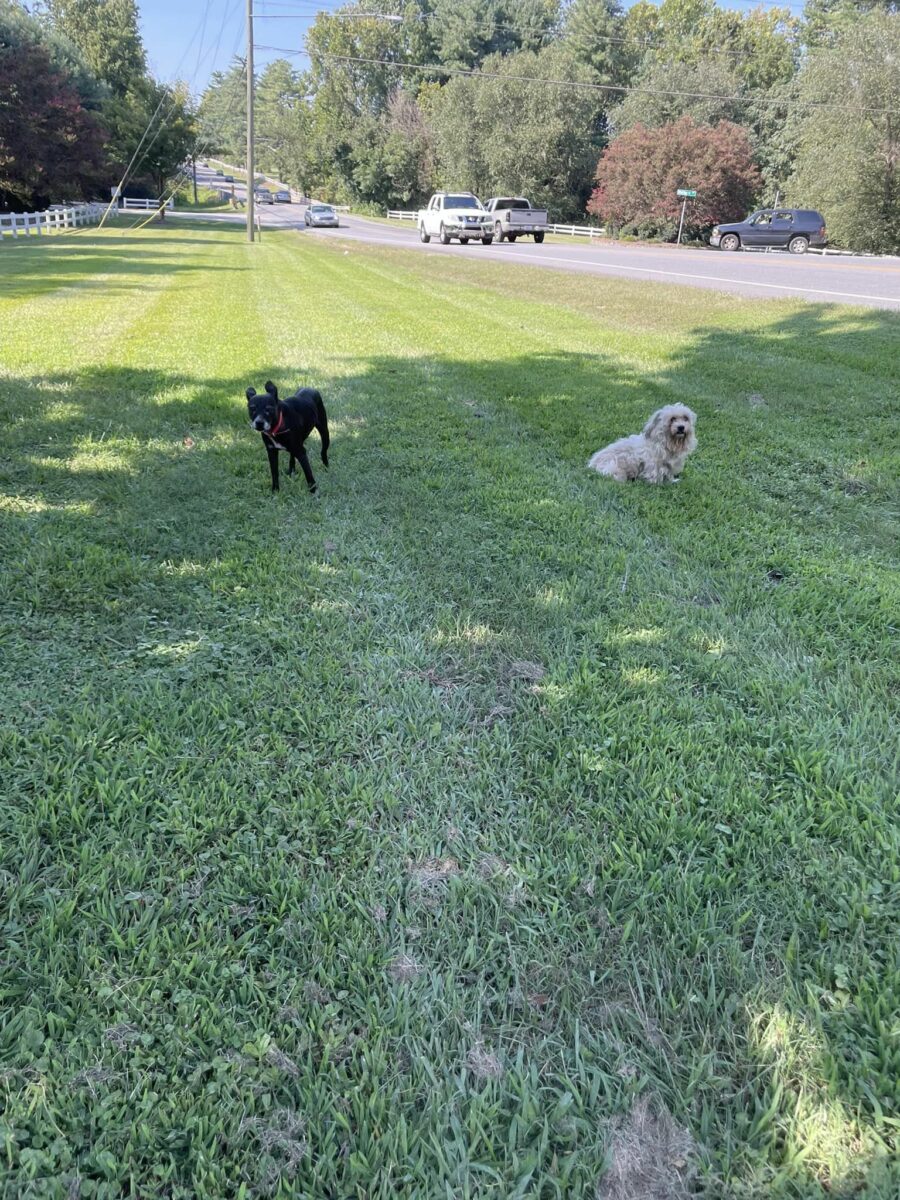
Rayce Lamb spotted Daisy next to a busy road in Winston-Salem, North Carolina. She was laying there with another dog, being completely cut off from basic humane conditions.
“I actually ran across Daisy on the side of the road here in Winston-Salem. She and another dog were just kind of laying there,” Rayce told GeoBeats Animals.
The worst part was Daisy and her buddy (later named Rascal) were only inches away from danger.
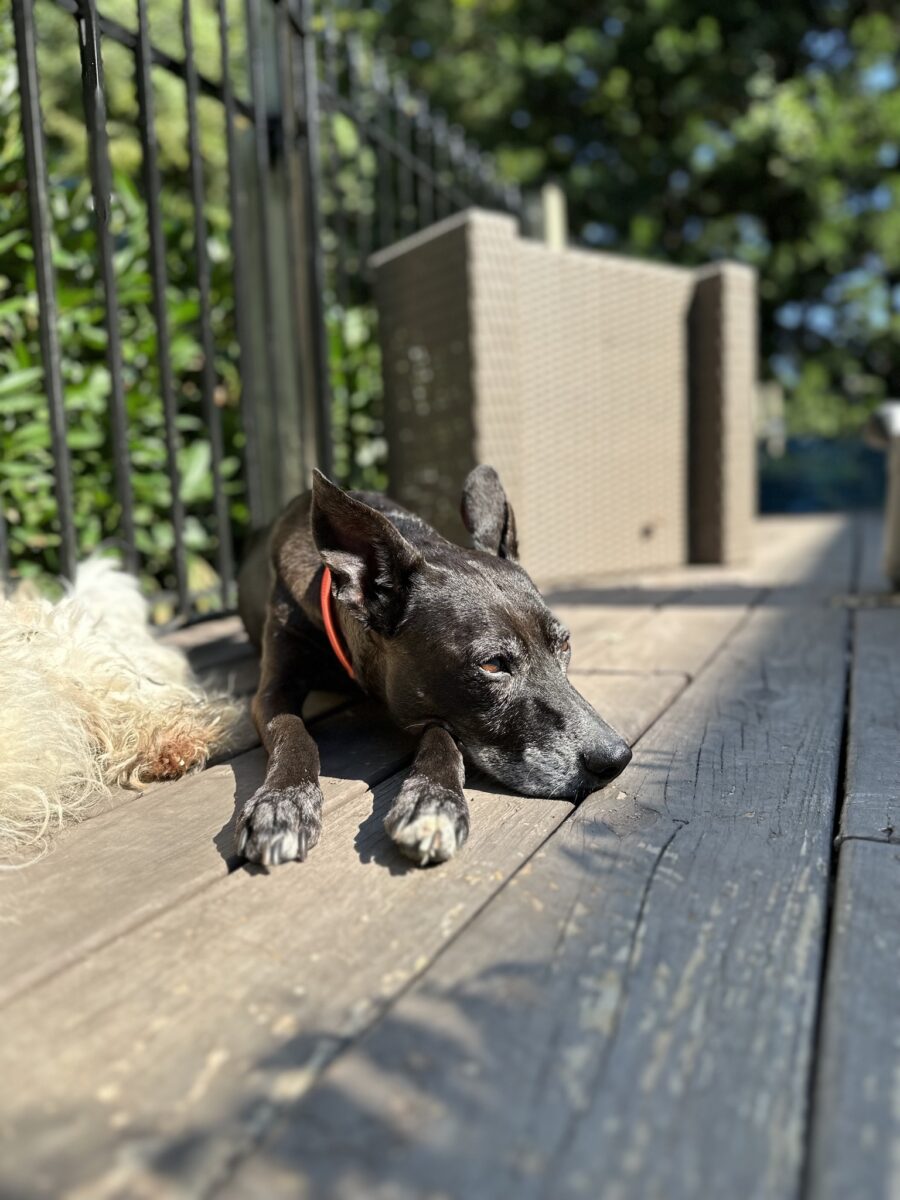
Just a few days later, Rascal had his incredible makeover and found a home promptly. But, Daisy had to wait a little longer.
With every new day, she was getting better until she finally came out of her shell – and became the sweetest dog ever! Underneath Daisy’s exterior was a gentle cuddle bug who enjoyed every second around her hoomans.
She absolutely loved spending time with Rayce, but the problem was, she wasn’t into other dogs or cats. That resulted in several adoption fails, but Daisy never stopped hoping.
Happy Outcome After Five Months
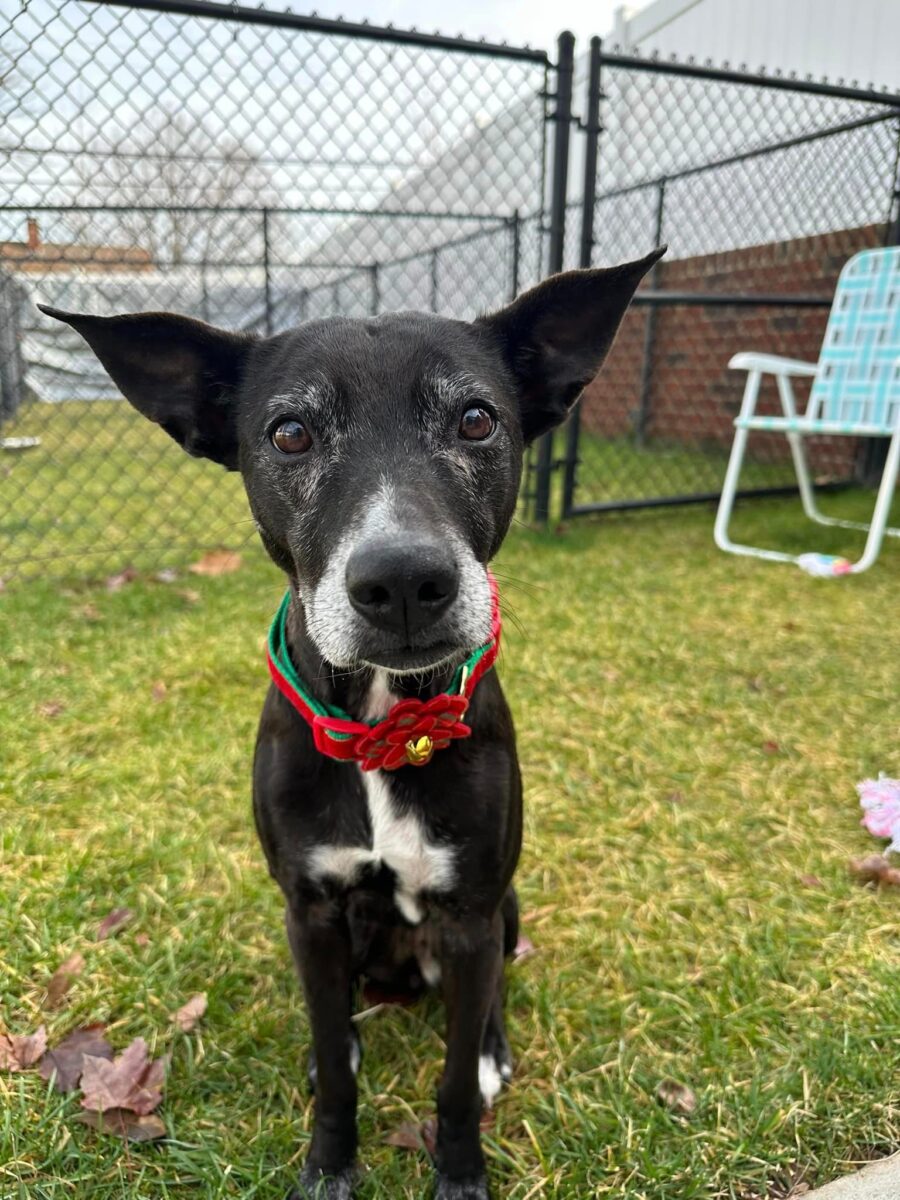
With her hopes high, Daisy had her last adoption fail because of her incompatibility with cats.
But then, after five months of constant care by her foster dad – it finally happened!
“After 5 months – our Daisy has found her furever home and is getting adopted today! Yes, I’m a mess, but so happy for this sweet girl,” Rayce wrote on Instagram.
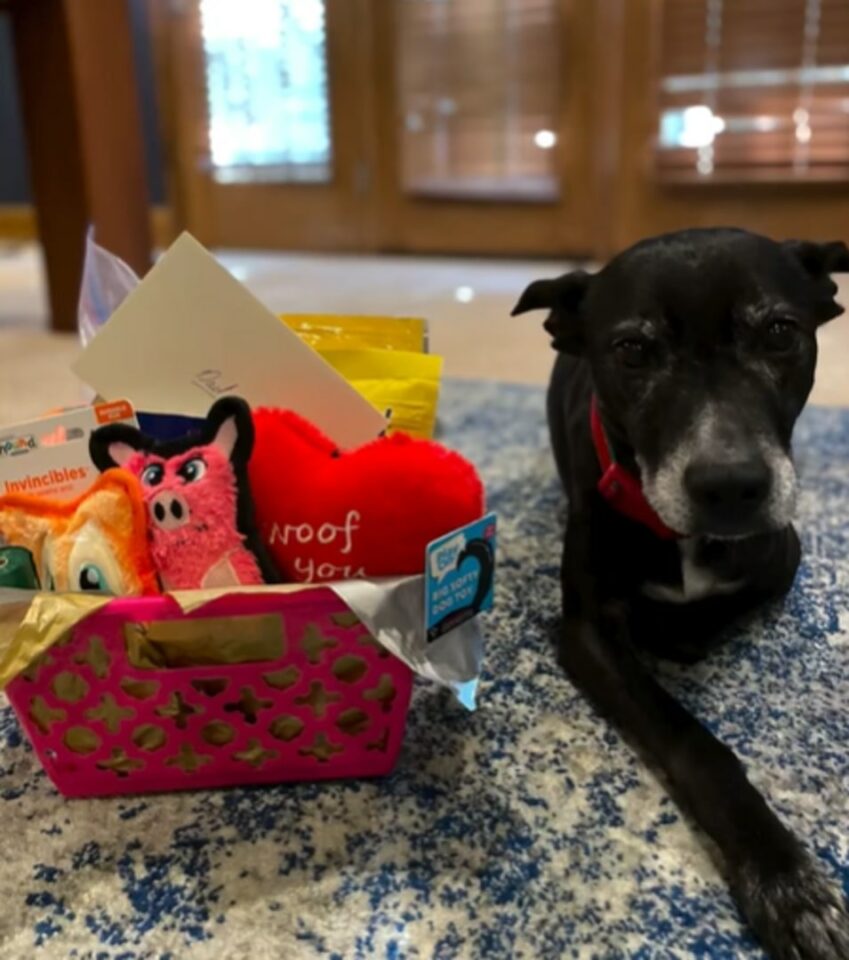
She found the pawfect family and was ready to embark upon a new life journey.
Prior to their final goodbye, Rayce made sure to supply Daisy with one last basket of delicious food. And sure enough, the two played fetch before going to the AARF facility to meet Daisy’s new dad.
It was a bittersweet moment for both, but knowing that Daisy was finally stepping into a loving forever home was priceless. And, her foster dad was extremely grateful for that!
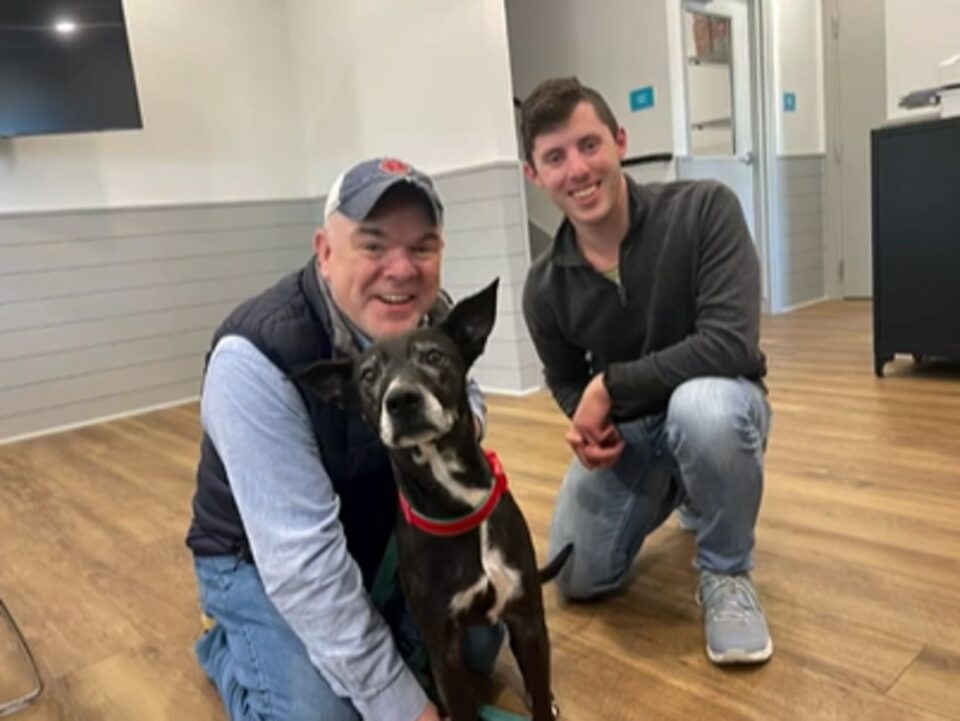
Daisy, now Devereaux, fit perfectly into her new family.
Once an abandoned dog with an uncertain future, she’s now the happiest dog that has a whole group of people loving her. And, most importantly, she never, ever has to worry about being alone anymore!
From now on, it’s just about endless adventures and cuddles!
If you’ve ever wondered about the duration of your furry friend’s periods, understanding the length of a dog’s heat cycle is essential. As a seasoned dog enthusiast, you know that this natural biological process plays a significant role in your dog’s reproductive health. The duration of your dog’s heat cycle can vary depending on several factors, and being aware of these nuances can help you better care for your canine companion.
When it comes to your dog’s periods, knowing what to expect and how long they typically last can provide valuable insights into your dog’s overall well-being. As you navigate the ins and outs of your dog’s reproductive cycle, grasping the timeline of their periods is crucial for ensuring their health and happiness. Stay tuned to discover more about the fascinating world of dogs’ periods and how you can support your furry friend through this natural process.
Understanding the Reproductive Cycle in Female Dogs
Knowing more about your dog’s reproductive cycle is crucial for their well-being. A female dog’s reproductive cycle consists of four main stages: proestrus, estrus, diestrus, and anestrus.
- Proestrus
During proestrus, your dog will attract male dogs but will not be receptive to mating. This stage lasts for around 9 days on average but can vary from 1 to 27 days. - Estrus
Estrus is the stage where your dog is fertile and receptive to mating. This period usually lasts between 5 to 14 days, but it can be as short as 3 days or as long as 21 days. - Diestrus
Diestrus is the period after mating if pregnancy doesn’t occur. This phase can last between 60 to 90 days. It’s important to monitor your dog during this time for any signs of pregnancy or health issues. - Anestrus
Anestrus is the resting phase where your dog’s reproductive system takes a break. This stage typically lasts around 4 to 5 months before the cycle begins again.
Understanding these stages and the typical duration of each phase can help you take better care of your furry companion. If you notice any changes in your dog’s cycle or have concerns about their reproductive health, it’s best to consult with your veterinarian for guidance and support.
Factors Affecting the Duration of a Dog’s Heat Cycle
Understanding the factors influencing the length of your dog’s heat cycle can help you anticipate and manage their reproductive health effectively. Here are the key aspects that can impact the duration of this cycle:
- Breed Size:
- Smaller breeds typically have shorter heat cycles, lasting around two to three weeks, while larger breeds may have longer cycles lasting up to four weeks.
- Individual Variations:
- Each dog is unique, and variations in heat cycle length can occur even within the same breed. Factors such as genetics and overall health play a role in determining the duration of the cycle.
- Age:
- Younger dogs may have shorter heat cycles initially, which can gradually lengthen as they mature. Older dogs may also experience changes in the duration of their heat cycles.
- Environmental Factors:
- Environmental cues, such as the presence of male dogs or changes in daylight hours, can influence the timing and length of your dog’s heat cycle.
- Hormonal Balance:
- Imbalances in hormone levels can affect the regularity and duration of the heat cycle. Consulting your veterinarian can help address any hormonal issues that may impact your dog’s reproductive health.
By recognizing these factors and staying attuned to your dog’s individual needs, you can provide the necessary care and attention to ensure their well-being during each stage of the heat cycle.
Typical Duration of Heat Cycles in Dogs
Understanding how long a dog’s heat cycle lasts is crucial for their well-being. The duration of a dog’s heat cycle can vary based on several factors, but typically, it lasts for about 2 to 4 weeks in total.
- Proestrus Stage:
During the proestrus phase, which lasts for around 9 days, you may notice some initial signs of your dog being in heat. These signs can include a swollen vulva and a bloody discharge. Although your dog may attract male dogs during this phase, she is not ready to mate yet. - Estrus Stage:
The estrus stage is the fertile period of the heat cycle and usually lasts for about 5-13 days. This is when your dog is ready to mate, and her discharge may change from bloody to a straw-colored fluid. Female dogs may show more interest in male dogs during this phase. - Diestrus and Anestrus Stages:
After estrus, your dog enters the diestrus stage, which can last for around 60-90 days. If your dog is not pregnant, she will move into the anestrus stage until the next heat cycle begins. - Overall Duration:
In total, the complete heat cycle in dogs can last anywhere from 3 to 7 weeks, with smaller breeds often having shorter cycles than larger breeds.
Understanding the typical duration of a dog’s heat cycle can help you provide the necessary care and attention during each phase. By recognizing the signs and stages, you can ensure your furry friend stays healthy throughout their reproductive cycle.
Managing Your Dog’s Heat Cycles
When it comes to managing your dog’s heat cycles, there are several key points to keep in mind to ensure your furry friend stays healthy and happy throughout this natural process:
Monitoring Signs of Heat Cycles:
- Observation: Watch for physical signs like a swollen vulva, bloody discharge, and changes in behavior.
- Fertility Period: Be aware of the 5-13 day window during the estrus stage when mating is possible.
Providing Care During Heat Cycles:
- Comfort: Create a calm and comfortable environment for your dog to handle any discomfort during this time.
- Hygiene: Maintain good hygiene practices to keep your dog clean and prevent infections.
Preventing Unintended Pregnancy:
- Supervision: Keep a close eye on your dog, especially during the fertile period, to prevent unplanned mating.
- Consultation: Consider consulting with a veterinarian about options for spaying or other birth control methods.
Health Check-ups:
- Regular Visits: Schedule regular check-ups with your vet to monitor your dog’s reproductive health and address any concerns promptly.
- Nutrition: Ensure your dog’s diet is balanced and supports their overall well-being, including their reproductive health.
- Understanding: Be prepared for any behavioral changes in your dog during their heat cycle and provide the necessary care and attention.
- Patience: Show understanding and patience towards your dog’s needs during this hormonal phase.
By staying informed about your dog’s heat cycles and taking proactive steps to manage them, you can help your pet navigate this natural process with ease and care.
Conclusion
Understanding the duration and phases of your female dog’s reproductive cycle is crucial for her well-being. Factors like breed size, age, and hormonal balance influence the length of her heat cycle, which typically lasts 2 to 4 weeks. Monitoring signs, providing comfort, and consulting a vet for spaying options are essential in managing her heat cycles. Remember, regular check-ups, balanced nutrition, and patience play a vital role in helping your furry friend navigate her heat cycles smoothly. By being attentive to her needs and behavior, you can ensure she stays healthy and happy throughout her reproductive journey.
Frequently Asked Questions
What are the main stages of a female dog’s reproductive cycle?
A female dog’s reproductive cycle consists of four main stages: proestrus, estrus, diestrus, and anestrus.
How long does a typical dog’s heat cycle last?
The duration of a dog’s heat cycle ranges from 2 to 4 weeks, with smaller breeds having shorter cycles.
What are the signs of the proestrus stage in a female dog?
During the proestrus stage, which lasts around 9 days, common signs include a swollen vulva and bloody discharge.
When is the fertile period in a dog’s heat cycle?
The fertile period, known as the estrus stage, lasts 5-13 days and is when mating is possible.
What should be considered during a dog’s diestrus and anestrus stages?
Diestrus lasts 60-90 days after estrus, while anestrus occurs if the dog is not pregnant, allowing the reproductive system to rest.
How can owners best care for their female dogs during their heat cycles?
Owners can monitor signs of heat, provide comfort, maintain hygiene, supervise during the fertile period, and consider consulting a vet for spaying or other birth control methods. Prioritize regular health check-ups, balanced nutrition, and understanding behavioral changes.
[no_toc]

Hey there, I’m Janet Brooks, a dog-loving student from California. I’m all about helping pups in need, especially those without homes. Me and my awesome friends work together to give shelter and love to stray dogs. Oh, and I also write blogs about dogs to share helpful info.
